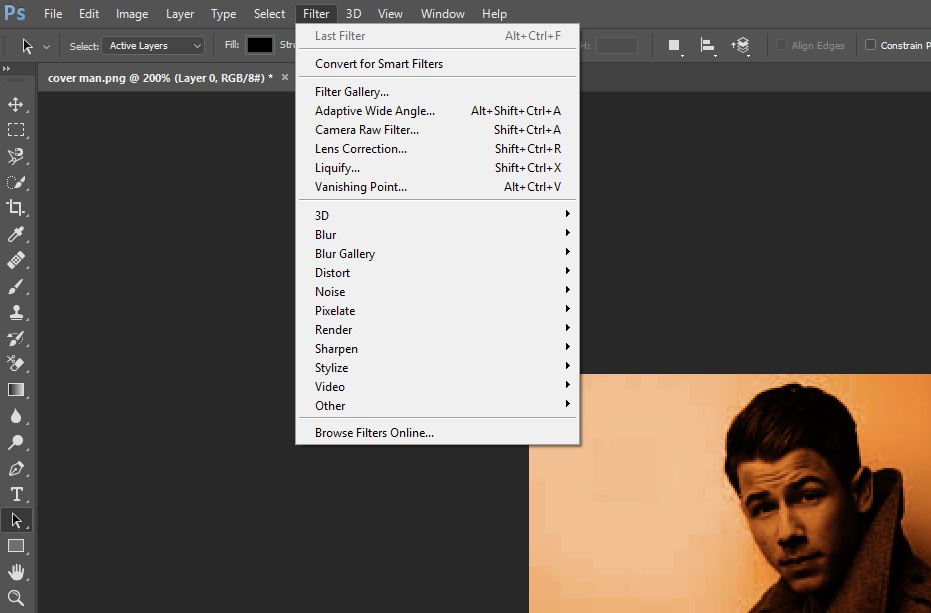KEY TERMS needed in your reflection
‘Preferred reading, encode, decode, oppositional reading, demographics, psychographics, uses and gratification, target audience, producer, target audience, entertainment, education, social interaction and personal identity etc.
Media Theory (A Reminder)
In order to create a magazine for a specific audience you should understand what makes them tick
- Especially, the reasons they might have for investing their time and money in your magazine.
A pair of theorists who considered this were Blumler & Katz, who suggested that there were four reasons collectively known as Uses and Gratification.
- Their theory describes an active audience and suggested four reasons for people to actively seek out and consume media:
USES AND GRATIFICATION
| Information |
Self education to suit personal needs; advice on practical matters; information on events or issues of personal interest; curiosity or general interest |
| Personal Identity |
Media reinforces personal values; models of behavior; content explored to challenge, adjust or affirm sense of self |
| Social Interaction |
Identify with others to gain a sense of belonging; find basis for real life interactions; substitute for real life relationships |
| Entertainment |
Escape; diversion; emotional release; filling time; aesthetic enjoyment |
Audience Theory Extension
Below is a slideshow on Stuart Hall and his ‘Reception Theory’.
He argues that an audience decode a media text through personal filters:
- Demographics
- Psychographics
- Situation
- Cultural competence.
Media Theory Booklet
Here is the Theory Booklet with all of Hall’s ideas on Pages 11 and 12.
RECEPTION THEORY
TASK 1 – Researching your… Perfect Audience Member
Do some research for your target audience, and then decide on the following features of your audience:
- Which other bands/artists your audience would be into?
- What other media they would consume, fashion tastes, musical genre preferences?
- What are their values, attitudes and beliefs they hold about what’s important in their lives and the world around them?
- What demographics describe your audience?
- Gender
- Age
- Education
- Occupation
- Marital status
- Cultural background
- What ‘communities’ do they belong to?
- Where do they live, work and play?
- What psychographics describe your audience?
HELP
Here is a handout we gave you earlier this year which describes different audience groups / communities which is helpful in reaching some conclusions about their values, attitudes and beliefs, and how to describe their communities and social groups.
YOU CAN ALSO USE THIS WEBSITE: (change USA in tik tok to Great Britain, choose entertainment, drop down to music artists and choose)
or yougov.co.uk and search an artist.
TO FIND OUT THE DEMOGRAPHICS, PSYCHOGRAPHICS OF TYPICAL FANS FOR FEATURED ARTISTS WHO MIGHT APPEAR IN YOUR MAGAZINE AS THEY BELONG TO THAT GENRE.
Choose 3 well known artists that would appear in your magazine if you had all the money in the world.
Who are their fans – this will give you a really good starting point for your audience member.
Mention ‘YouGov’ in your introduction, take a snipping tool screen shot of the 3 artists and add these to your intro.
TASK 2 – Creating a dating profile for your…
Perfect Audience Member
Use Google slides (or Photoshop/InDesign if you’re feeling snazzy) to design a profile for your target audience which they might upload to a dating site. You may want to use someone you know to model the profile on – although don’t use their name or photo!
Give your ideal audience an image, name, gender, relationship status, groups, status, likes, dislikes…all of this should be through the filter of music and should help describe your audience profile. Make it as detailed as possible – why not consider someone you know (do not actually use them) who likes the music, is a fan of that music/band and use them as inspiration.
Here is a template that you may wish to follow:

An Example

Your post must include:
- 3 x snipping tools of typical audiences from YouGov for typical bands who could appear in your magazine.
- Your dating profile.
- Reflection on the process, purpose and focus forward.










